2019-04-26
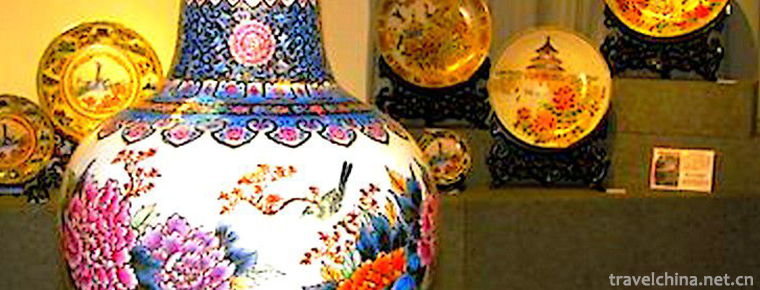
- By ChinaWiki.net
- Chinese Edition
- 2019-04-16
Firing Techniques of Chaozhou Coloured Porcelain
In Chaozhou at the end of the Qing Dynasty, new colored pigments were used in the colored porcelain painting. Combining traditional glaze painting art with traditional Chinese painting techniques, traditional techniques such as Chaozhou embroidery, Chaozhou woodcarving, Chaozhou paper-cut, folk painting (such as lacquer painting, wall painting, Buddhist painting) and other traditional techniques were absorbed in the colored porcelain painting, thus forming a unique local style. One of the schools. Chaozhou color porcelain has the characteristics of full composition, bright color, distinct layers, smooth lines, graceful and vivid, elegant style.
Chaozhou ceramics has a long history, so it can be said that "if there are ceramics, there are colours". According to textual research, in the Tang and Song Dynasties, Chaozhou had the production of porcelain. The famous Bijiashan kiln (Song kiln) porcelain had already been carved, colored flowers, stacking flowers and other techniques and decorative techniques under glaze. The Ming Dynasty was a period of blue and white development. Pastel was popular in the early Qing Dynasty. At the end of Tongzhi (1874), Fengxi Porcelain Area had been synthesized in public. Yongli and Heshun Cai Museums were engaged in the work of porcelain painting, which was the beginning of "Ten Kilns Cai" in Chaozhou. In the twelfth year of Guangxu in the Qing Dynasty (1886), Yao Hua, a Fengxi ceramics worker, first opened a glazed ceramics house in Fengxi. Since then, Chaozhou has had colored ceramics. In 1910, Chaozhou painted porcelain artists Liao Jiqiu, Xuyun Qiu, Xie Ziting and others took part in Nanyang Expo in Nanjing and Pacific World Expo in San Francisco, USA. The 1.2-foot four-season tray of "Birds and Phoenixes" and the glazed painted figure tray were highly praised. Since then, the "tide colour" has been well-known.
Traditional porcelain painting can be divided into under-glaze and over-glaze. Among them, the glaze color includes Jiangxi pastel, wide color and tide color. Chaozhou color porcelain is a kind of color porcelain with unique local style by using new color pigments and combining with traditional glaze painting art in the late Qing Dynasty.
Chao Cai reached its prosperity in the 1980s, when Chaozhou had six professional factories of colored porcelain. Among them, Chaozhou Colored Porcelain Factory has more than 4000 employees. Its products are exported to more than 70 countries (regions) and 28 provinces in China, accounting for more than 60% of the export of porcelains at Shantou Port. At present, there are fewer and fewer practitioners engaged in hand-painted paintings, and young people are unwilling to learn. The tide-colored artists have been out of touch with each other and have no successors.
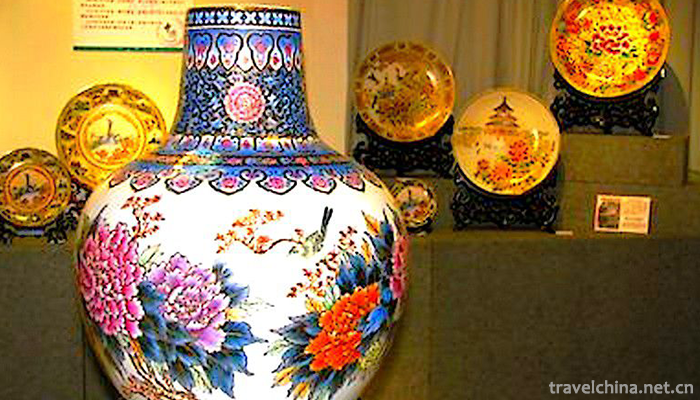
Ask a Question
Your email address will not be published.
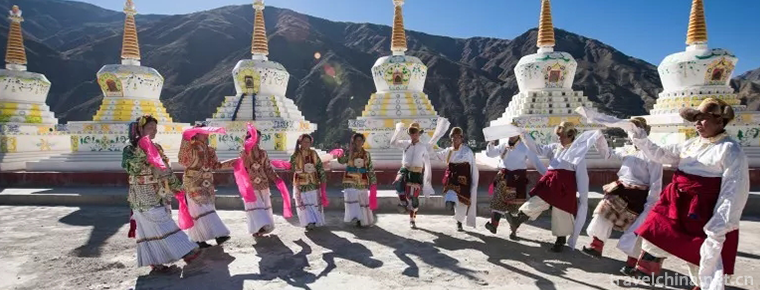
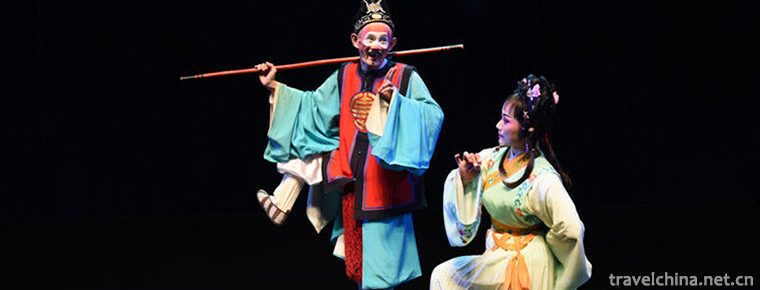
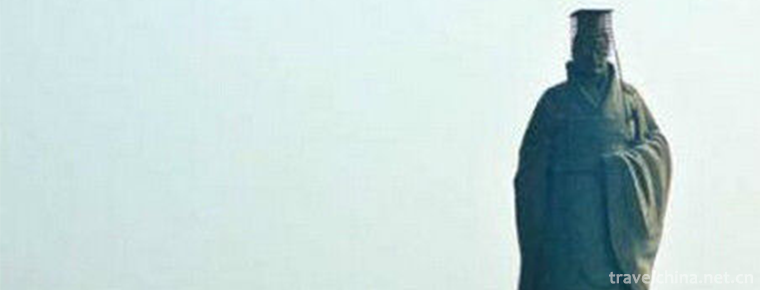
0 Questions